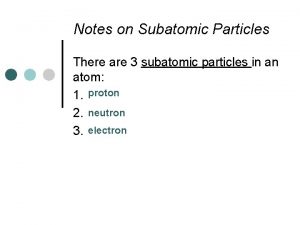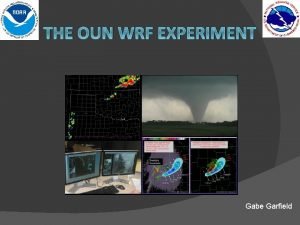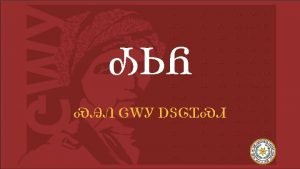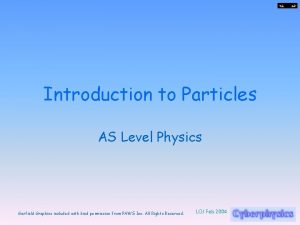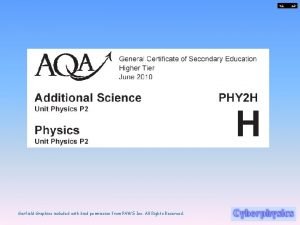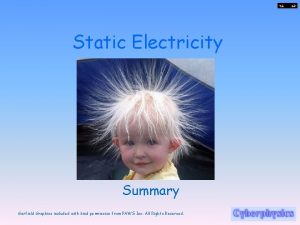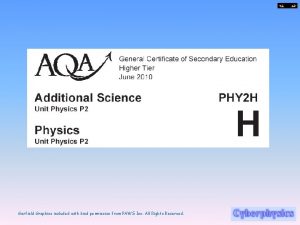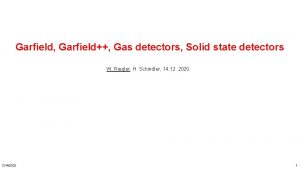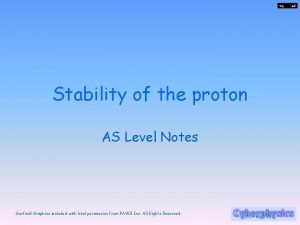Strange Particles AS level Notes Garfield Graphics included











- Slides: 11

Strange Particles AS level Notes Garfield Graphics included with kind permission from PAWS Inc. All Rights Reserved.

Strange Particles • By the 1950 s, many new particles were being discovered with the use of accelerators (you study those at A 2 – they accelerate charged particles by using magnetic and electric fields. ) • They were produced from collisions between protons, neutrons, and pions Garfield Graphics included with kind permission from PAWS Inc. All Rights Reserved.

Strange Particles • Some of these particles were called strange particles because of some strange properties in their production and decay! – They were always produced in pairs – Some would decay and not have a proton or a neutron as an end product – All are unstable – All are created by strong force interactions and often decay via the weak force Garfield Graphics included with kind permission from PAWS Inc. All Rights Reserved.

Strange Particles • Contain an 's' quark or anti-quark • Have surprisingly long lives (100, 000 times longer than expected!) • Are produced in pairs which suggests that they have an additive conserved quality. Garfield Graphics included with kind permission from PAWS Inc. All Rights Reserved.

Our Syllabus • There are lots of different types of strange particles but • The only one you need to know about for the AQA syllabus at AS level is: the kaon - k Garfield Graphics included with kind permission from PAWS Inc. All Rights Reserved.

Kaon k • • • Mass = ½ proton mass Spin = 0 Two particles: k+, k 0 Two antiparticles: k-, k 0 -bar Lifetime = 10 -8 or 10 -10 seconds Garfield Graphics included with kind permission from PAWS Inc. All Rights Reserved.

Kaon k • In 1947 the British physicists Rochester and Butler observed the new kaon particles. • They observed these particles in two matter forms: – a neutral one ko that decayed into the pions p+ and p- , and a – positively charged one that decayed into a muon m+ (a muon is basically like a heavy electron) and a photon. Garfield Graphics included with kind permission from PAWS Inc. All Rights Reserved.

What is the problems with that? • You cannot make the quarks add up properly! • Strangeness (which looked so ‘conservative’ because of pair production) was not conserved in weak interaction decays Garfield Graphics included with kind permission from PAWS Inc. All Rights Reserved.

Truly Strange Particles! • Strangeness is not conserved when weak interactions take place – that is how it is possible for the decays of strange particles into none strange ones! • So, if strangeness is not conserved that is evidence of a weak interaction in these particles in the reaction concerned. Garfield Graphics included with kind permission from PAWS Inc. All Rights Reserved.

Conservation of Strangeness • Strangeness must be conserved in all strong and electromagnetic interactions, but • not conserved in weak interactions Garfield Graphics included with kind permission from PAWS Inc. All Rights Reserved.

Creation of Strange Particles • Strange particles are always created in pairs by strong processes in such a way that the total strangeness remains zero. • If one particle has strangeness then the other must have strangeness. • An example of strange particle production is when a negative pion collides with proton, giving rise to a neutral lambda particle and a neutral kaon. Garfield Graphics included with kind permission from PAWS Inc. All Rights Reserved.
